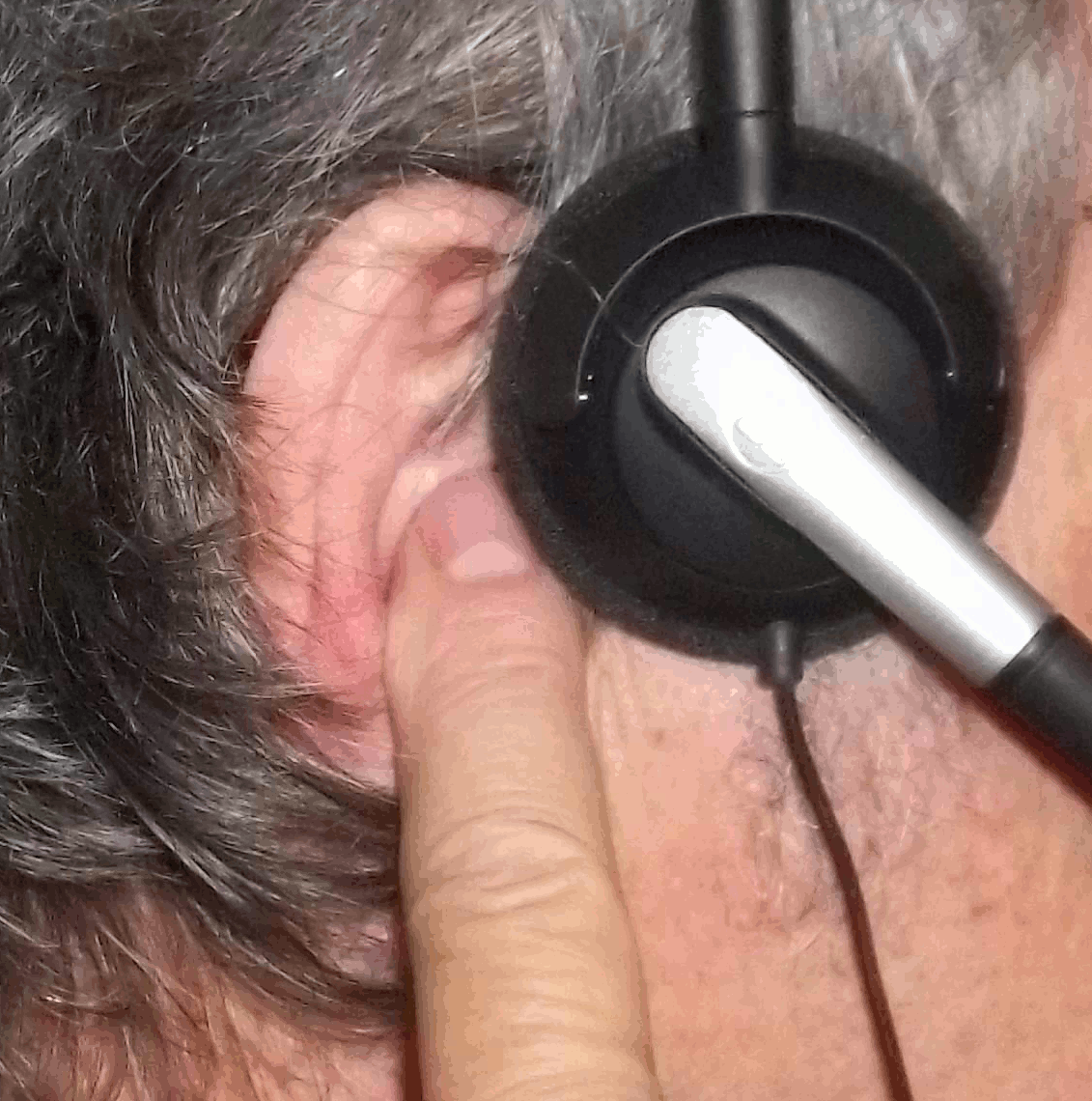Managing DTMF Clamping in MSML Recordings
DTMF Clamping (also known as Masking) guards a customer's sensitive credit card information from an agent's ears, and from call recording, by inserting silence into the agent and recording legs of the call while the customer is entering credit card numbers.
The credit card verifier hears the card numbers as the customer enters them, but the agent and the call recording hear silence.
An MSML conference request enables clamping, and three new configuration parameters support the new MSML element <clamp> under the previously supported <stream> element. You can read more here about configuring and managing DTMF clamping and its behavior in a conference call.
Define DTMF Handling of Call Recording
Use the option [msml] callrecording.dtmfhandling to specify the recording behavior for DTMF clamping during MSML Call Recording and GIR Recording.
Valid values:
- as-is (the default): Record everything as-is from the RTP stream.
Inband DTMFs are recorded, but not RFC 2833 digits. - no-digits: Strip out all DTMF digits, including inband and RFC 2833 digits.
However, when a telephone-event is negotiated on the call, inband audio DTMFs are not removed from the recording. - all-digits: Record all DTMF digits, including inband, and generate audio for RFC 2833 digits.
Any change takes effect immediately.
Set the Number of Silence Packets before Clamped DTMFs
Use the option [msml] clampdtmf.presilencepackets to specify the number of audio packets to be replaced with silence before clamped DTMFs.
For example, use when the DTMF tone appears before a DTMF RFC 2833 event, which may happen when a SIP gateway converts DTMF tones to a DTMF RFC 2833 event.
Valid values:
- An integer 1–50, or 0 (the default).
Be cautious: increasing the value introduces more audio delays into a conference.
One packet usually = 20 milliseconds, but that can vary with traffic and other factors.
Any change takes effect immediately.
Set the Number of Silence Packets after Clamped DTMFs
Use the option [msml] clampdtmf.postsilencepackets to specify the number of audio packets to be replaced with silence after clamped DTMFs.
For example, use when a DTMF tone appears after a DTMF RFC2833 event.
Valid values:
- A positive integer, or 0 (the default).
One packet usually = 20 milliseconds, but that can vary with traffic and other factors.
Any change takes effect immediately.

